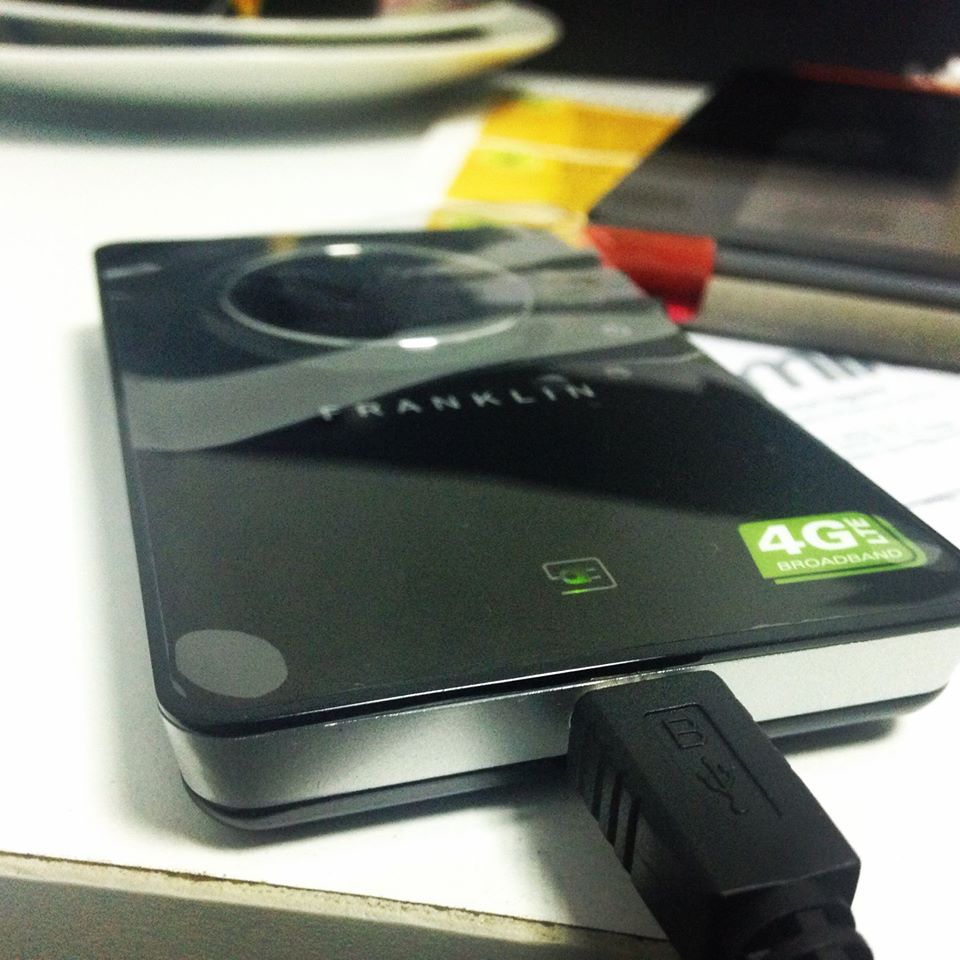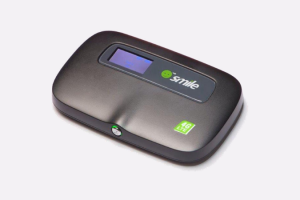If you are still using a USB dongle, its probably time to upgrade. Yes we loved them for their simplicity and affordable cost of as low as Ugx 70,000. However, USB modems are a headache.
MiFis are the new USB dongles. They are simple, portable and can support more than one user. That means that you can share your data plans with another friend or with the entire family at home.
Read more: The Mi-Fi is the new USB Internet dongle
While data service providers like Orange/Africell Uganda had the devices as early as 2009, It’s Smile Communication Uganda that popularized the MiFi.
Now there’s still confusion as to what exactly MiFis are. Sometimes, we’ve heard salesmen and users alike confuse MiFis and routers. According to our editors, MiFis are portable wireless 3G or 4G LTE modems that can support more that one device and are powered through USB, battery or socket power. That said, a MiFis is a router and a modem, but the difference is in their size, portability and how they are powered.
Smile Uganda’s MiFi has been in the wild for a while now. Recently they released the MiFi 2 which is supposed to be a better iteration to the previous device. But Vodafone Uganda now wants some of Smile’s lunch money. They came to the market with a much cheaper MiFi coupled with attractive data pricing.
So lets take them for a run.
Number of users supported
Now when selecting a MiFi, speed and number of users play an important role in your decision making process. The number of users are the devices such as laptops, smartphones, tablets, smart TVs etc that can use your MiFi’s data to connect to the Internet.
Now Vodafone Uganda claims their Vodafone 4G MiFi supports up to 15 users while Smile’s 4G MiFi can run a maximum of 10 users at once. Since MiFis are not your heavy-duty kind of network devices mainly suited for personal and home use, we think anything above 5 users is good enough. That said, while Vodafone’s Mifi has an edge over Smile’s 4G MiFi comparatively, we think the two devices surpass our threshold of users supported.
Winner: Vodafone 4G MiFi
Battery capacity
One of the unique features of a MiFi is its ability to power itself. That means when Umeme does its thing, you can still stay connected to the internet. It also means you can have a meeting with 2-5 friends out at a cafe, grab a cup of coffee while still staying hooked with your friends on Facebook. Really cool, huh?
Read more: Smile Monitor: Here’s a simple App to tame your Smile Uganda Internet Usage
Anyway, the Vodafone claims its MiFi goes for 8 hours while being unplugged from a power source while Smile says theirs goes for 10 hours. It’s a 2 hour difference. But both you and I know when it comes to battery life, every second counts, right? Yes indeed. So Smile’s 4G LTE MiFi certainly takes it home here.
Winner: Smile MiFi 2
Speed, Ports and features
Internet service is all about speed — mostly. Although speed is a very contentious issue, we can stick to accepted global standards here; 7.2Mbps is 3G, 42Mbps is 3G+ while anything above 100Mbps is considered 4G LTE which is the fastest.
Fortunately for us both Vodafone and Smile MiFis are 4G LTE devices capable of speeds up to 100Mbs. The keyword here is “capable” and it’ll save you a long exchange with the sales guys at the retail stores. Practically speaking, the speeds are less than the theoretical values and they heavily depend on users connected, location, weather, your package and agreement with your provider.
When it comes to physical attributes and design, both are pocket-size and lightweight. Both have LED indicators that show connection status, battery among other vital information.
Read more: Vodafone Uganda has the cheapest 4G LTE Internet devices but where are the 3G devices?
However, Vodafone’s MiFi seems to offer more connectivity options. Specifically the device supports USB tethering which you’ll agree with us is very important especially if the device is running on battery mode. To save on battery, you could easily get online by connecting the MiFi to your laptop via USB instead of creating a wireless hotspot.
While USB tethering got us more inclined to Vodafone’s Mifi, it’s not enough to completely knock out Smile’s MiFi. That’s because you’ll use the MiFis wireless hotpot most of the times to connect to the internet rather than through USB tethering.
Winner: Tie
Price and availability
Finally we compare price and availability of the two devices. Well, Smile Uganda’s MiFi is priced at Ugx 240,000 and comes with 5GB of data valid for 30 days. Vodafone Uganda’s MiFi is priced at Ugx 149,900 and comes with 5GB of data. Both networks have 4G LTE network that spuns Kampala and Entebbe areas only. The winner is clear; Vodafone Mifi could save you another 90k which you could easily use to purchase more data.
Winner: Vodafone Uganda MiFi
Verdict
Smile Communication Uganda was the first network to launch 4G LTE in Uganda. It’s also the network that popularized MiFis in the market. While Smile launched the Smile MiFi 2 which succeeds the original MiFi, they didn’t adjust their pricing leaving a weak spot for new arrivals like Vodafone to exploit. Vodafone Uganda’s MiFi is equally a 4G LTE device with equally impressive specs but a lot cheaper giving it an edge against its competitor.
Overall Winner: Vodafone Uganda 4G MiFi
Discover more from Dignited
Subscribe to get the latest posts sent to your email.












